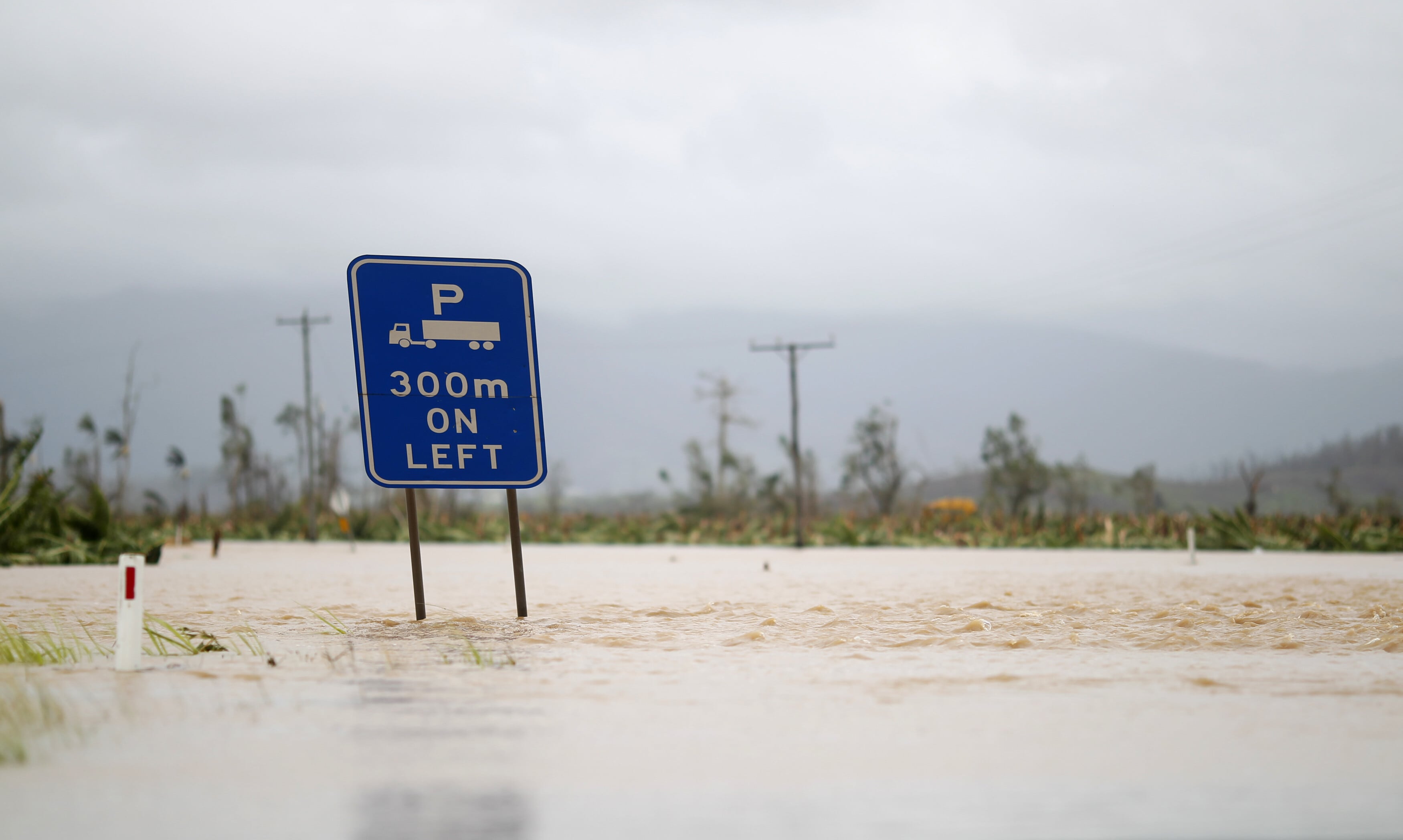70 years of urban growth in 1 infographic
Since 1950, the world’s urban population has risen almost six-fold
Image: REUTERS/Issei Kato
Stay up to date:
Sustainable Development
Accept our marketing cookies to access this content.
These cookies are currently disabled in your browser.
The dramatic global rise of urbanization (1950–2020)
In the 21st century, few trends have matched the economic, environmental, and societal impact of rapid urbanization.
A steady stream of human migration out of the countryside, and into swelling metropolitan centers, has shaken up the world’s power dynamic in just decades.
Today’s eye-catching map via Cristina Poiata from Z Creative Labs looks at 70 years of movement and urban population growth in over 1,800 cities worldwide. Where is the action?
Out of the farms and into the cities
The United Nations cites two intertwined reasons for urbanization: an overall population increase that’s unevenly distributed by region, and an upward trend in people flocking to cities.
Since 1950, the world’s urban population has risen almost six-fold, from 751 million to 4.2 billion in 2018. In North America alone, significant urban growth can be observed in the video for Mexico and the East Coast of the United States as this shift takes place.
Over the next few decades, the rural population is expected to plateau and eventually decline, while urban growth will continue to shoot up to six billion people and beyond.
The biggest urban hot-spots
Urban growth is going to happen all across the board.
Rapidly rising populations in megacities and major cities will be significant contributors, but it’s also worth noting that the number of regional to mid-sized cities (500k to 5 million inhabitants) will swell drastically by 2030, becoming more influential economic hubs in the process.
Interestingly, it’s mainly cities across Asia and Africa — some of which Westerners are largely unfamiliar with — that may soon wield enormous influence on the global stage.
It’s expected that over a third of the projected urban growth between now and 2050 will occur in just three countries: India, China, and Nigeria. By 2050, it is projected that India could add 416 million urban dwellers, China 255 million, and Nigeria 189 million.
Urbanization and its complications
Rapid urbanization isn’t only linked to an inevitable rise in city populations.
Some megacities are actually experiencing population contractions, in part due to the effects of low fertility rates in Asia and Europe. For example, while the Greater Tokyo area contains almost 38 million people today, it’s expected to shrink starting in 2020.
As rapid urbanization continues to shape the global economy, finding ways to provide the right infrastructure and services in cities will be a crucial problem to solve for communities and organizations around the world. How we deal with these issues — or how we don’t — will set the stage for the next act in the modern economic era.
Don't miss any update on this topic
Create a free account and access your personalized content collection with our latest publications and analyses.
License and Republishing
World Economic Forum articles may be republished in accordance with the Creative Commons Attribution-NonCommercial-NoDerivatives 4.0 International Public License, and in accordance with our Terms of Use.
The views expressed in this article are those of the author alone and not the World Economic Forum.
Related topics:
Forum Stories newsletter
Bringing you weekly curated insights and analysis on the global issues that matter.
More on Sustainable DevelopmentSee all
María Daniela Limongi Izaguirre, Edwin Josue Castellanos and Marisol Argueta de Barillas
September 22, 2025
Natalie Unterstell and Alex Scott
September 22, 2025
Michael Donatti and Benoit Bégot
September 19, 2025
Agshin Amirov and Azar Hazizade
September 19, 2025
Jan-Willem Scheijgrond and Syaru Shirley Lin
September 18, 2025
Tom Crowfoot
September 18, 2025






